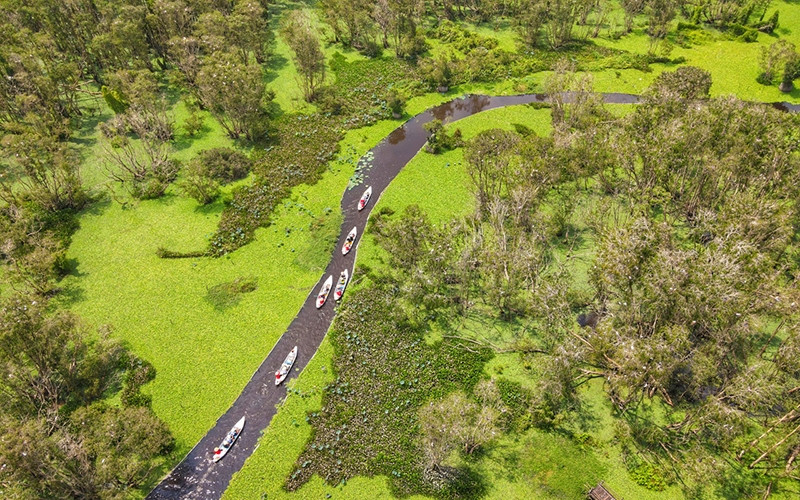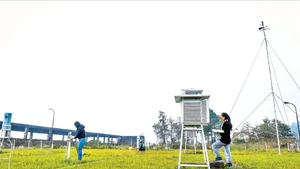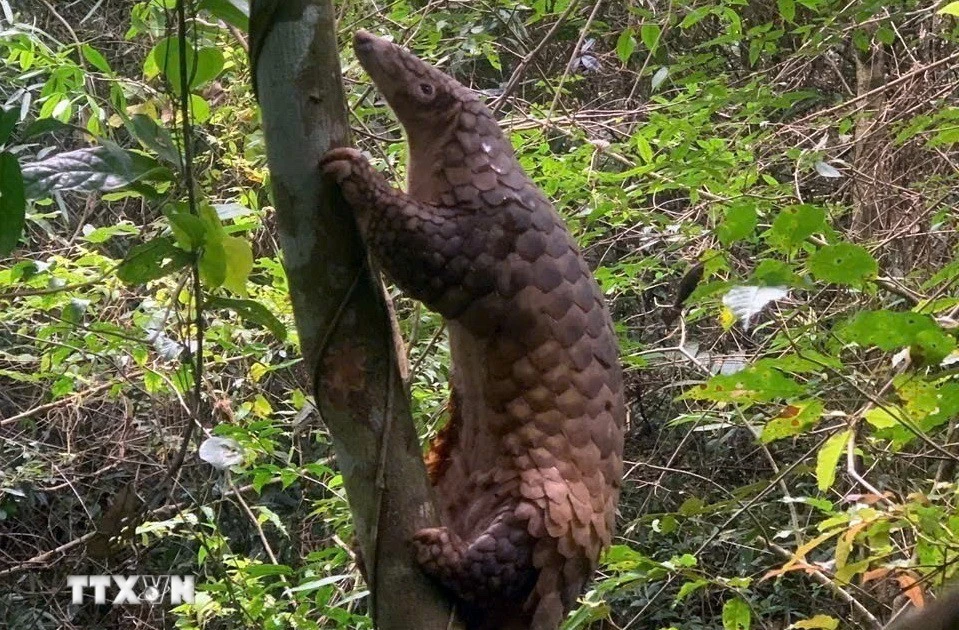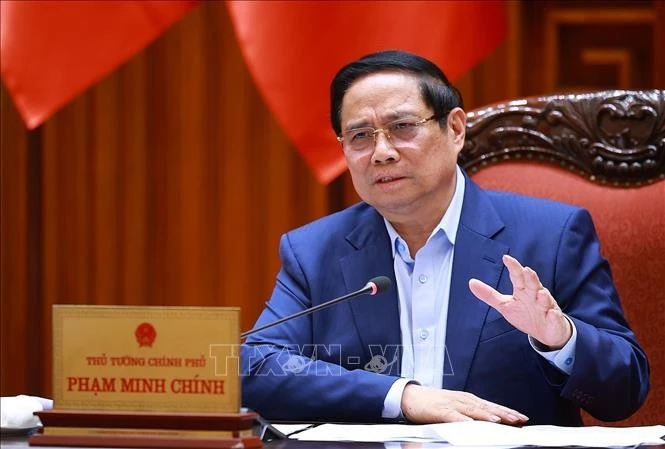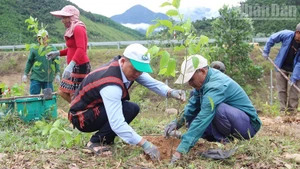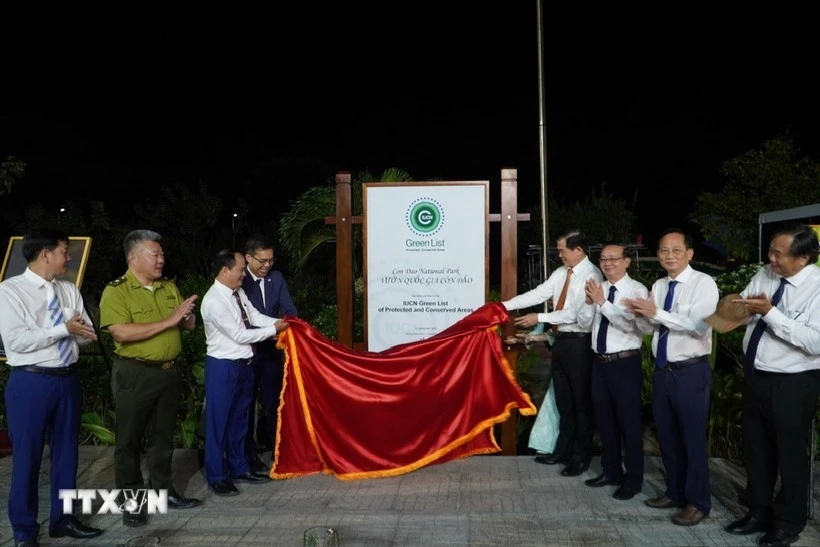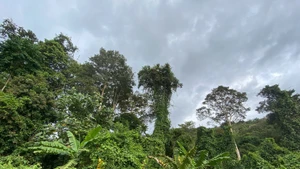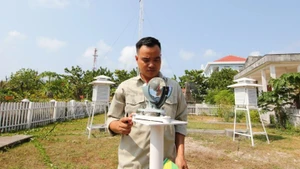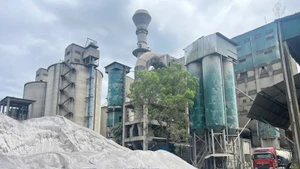In recent years, the area of natural forests in the Mekong Delta has decreased due to deforestation, conversion of use purposes or severe degradation. Towards the goal of sustainable development, localities in the region have strived to increase forest cover to more than 9% by 2050.
Restoring the wetland forest ecosystem will create an ideal habitat and breeding environment for animals, plants and aquatic species, greatly contributing to the protection of agricultural production and people's daily life.
Since 1997, with many projects on forest restoration and development such as investment in the protection and development of protective forests in Tra Vinh Province, funding for forest restoration and protection by Oxfam UK and protecting and developing coastal wetlands in southern Vietnam, Tra Vinh province has a “green fortress” with nearly 9,500 hectares of mangroves.
In December 2005, the Provincial People’s Committee approved an investment project in the Long Khanh mangrove forest ecosystem conservation area, Duyen Hai District to restore and develop forests and regenerate the diversity of the mangrove forest ecosystem to serve ecotourism sightseeing and build a household economic model associated with forest management and protection.
Tram Chim National Park, Tam Nong District, Dong Thap Province is a typical wetland ecological model of the Dong Thap Muoi region with high biodiversity including 231 bird species, 32 rare bird species, 130 typical plant species from 6 types of biomes including ghost rice, lotus, tube grass, melaleuca and bamboo, 130 species of fish and 44 species of amphibians and reptiles. In 2012, Tram Chim National Park was recognised as the 4th Ramsar site in Vietnam.
In 2019, the People’s Committee of An Giang Province approved the "Sustainable forest management plan for Tra Su Melaleuca forest landscape protection area, Van Giao Commune, Tinh Bien District, An Giang Province for the 2019-2030 period" with a total investment of over 90 billion VND.
The objective is to protect the typical and unique natural habitats of the wetland ecosystem in the floodplain, while protecting the habitats of native species, especially rare and precious animals, and provide sources of natural organisms such as plants, aquatic animals and wild animals for the western region of the Hau River, and stabilise the forest cover at the rate of more than 68%.

Planting mangroves combined with shrimp farming in Long Khanh Commune, Duyen Hai District, Tra Vinh Province. (Photo: Minh Khoi)
According to the Department of Agriculture and Rural Development of An Giang province, the Tra Su Melaleuca forest has four types of woody plant communities flooded with alum water, including Melaleuca trees accounting for 85% of the area and evenly distributed throughout the area, wooden trunks on the banks of canals, aquatic life on canals and herbaceous plants submerged in acidic soil.
Regarding forest animals, about 70 species of water birds, 11 species of mammals, 20 species of reptiles, 5 species of amphibians and 25 species of fish all with high economic value.
Up to now, My Long Nam Commune, Cau Ngang District, Tra Vinh Province has planted 400 hectares of cork forest at Con Nang. The survey showed that the natural alluvial deposition process has taken place very quickly, the aquatic resources were abundant, and the honey bee population appeared quite crowded under the forest canopy.
The province's mangrove forest area has been restored, creating an ideal shelter and development environment for marine species. According to research results from the Nha Trang Oceanography Institute, the coastal alluvial land and emerging dunes of Tra Vinh Province have very diverse species of shrimp, fish, clams and oysters with high economic value.
Wetlands in the Mekong Delta are of national and international importance, providing food and supporting economic development from aquaculture and fishing. Therefore, the conservation, biodiversity, and sustainable development of wetlands are among the priority goals of the region to protect health and improve people’s quality of life.
